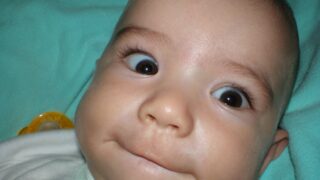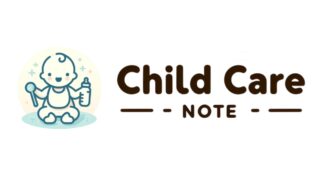As parents, we often want our children to fit into society’s idea of perfection. However, it’s important to remember that every child is unique, and that includes their appearance. Some children may have facial asymmetry, which means that one side of their face is slightly different from the other. Embracing your child’s facial asymmetry is a journey of understanding and accepting differences.
Understanding Facial Asymmetry
Facial asymmetry is more common than you might think. In fact, it’s estimated that nearly 85% of people have some degree of asymmetry in their faces. This can manifest in many ways, such as one eye being slightly higher than the other, one cheek being fuller than the other, or one side of the jaw being more prominent.
Facial asymmetry can be caused by a variety of factors, including genetics, birth trauma, or developmental issues. It’s important to remember that most cases of facial asymmetry are completely harmless and do not affect a child’s health in any way.
Embracing Differences
It’s natural for parents to want their children to look their best, but it’s also important to teach them to embrace their differences. Facial asymmetry is just one of the many unique traits that make your child who they are. By teaching them to embrace their differences, you are helping them develop a healthy sense of self-esteem and confidence.
One way to help your child embrace their facial asymmetry is by emphasizing their other features. Highlight the aspects of their face that make them unique and special. Encourage them to focus on their strengths and talents, rather than their appearance.
Seeking Professional Advice
If you have concerns about your child’s facial asymmetry, it’s always a good idea to seek professional advice. A pediatrician or a craniofacial specialist can assess your child and provide guidance on whether any treatment is necessary. In some cases, interventions such as physical therapy or orthodontic treatment may be recommended, but these decisions should be made in consultation with medical professionals.
Conclusion
Facial asymmetry is a natural part of human diversity, and embracing your child’s unique appearance is an important part of parenting. By understanding the causes of facial asymmetry, teaching your child to embrace their differences, and seeking professional advice when necessary, you can help your child develop a healthy body image and self-confidence.
Frequently Asked Questions
Q: Is facial asymmetry a sign of a medical problem?
A: In most cases, facial asymmetry is completely harmless and does not indicate any underlying medical issues. However, it’s always a good idea to consult with a medical professional if you have any concerns about your child’s appearance.
Q: Will my child’s facial asymmetry get worse over time?
A: For most children, facial asymmetry does not worsen over time and may even become less noticeable as they grow and develop.
Q: What can I do to help my child feel more confident about their appearance?
A: Emphasize your child’s strengths and talents, and encourage them to focus on the things that make them unique and special. Teaching them to embrace their differences will help them develop a healthy sense of self-esteem and confidence.
[ad_2]


















コメント